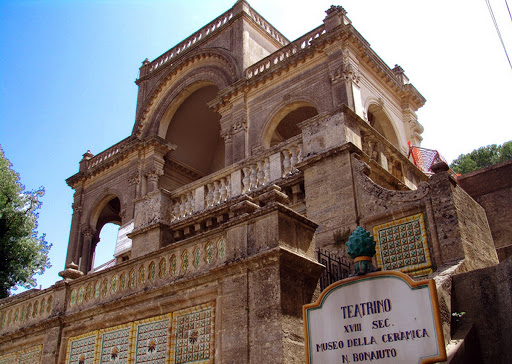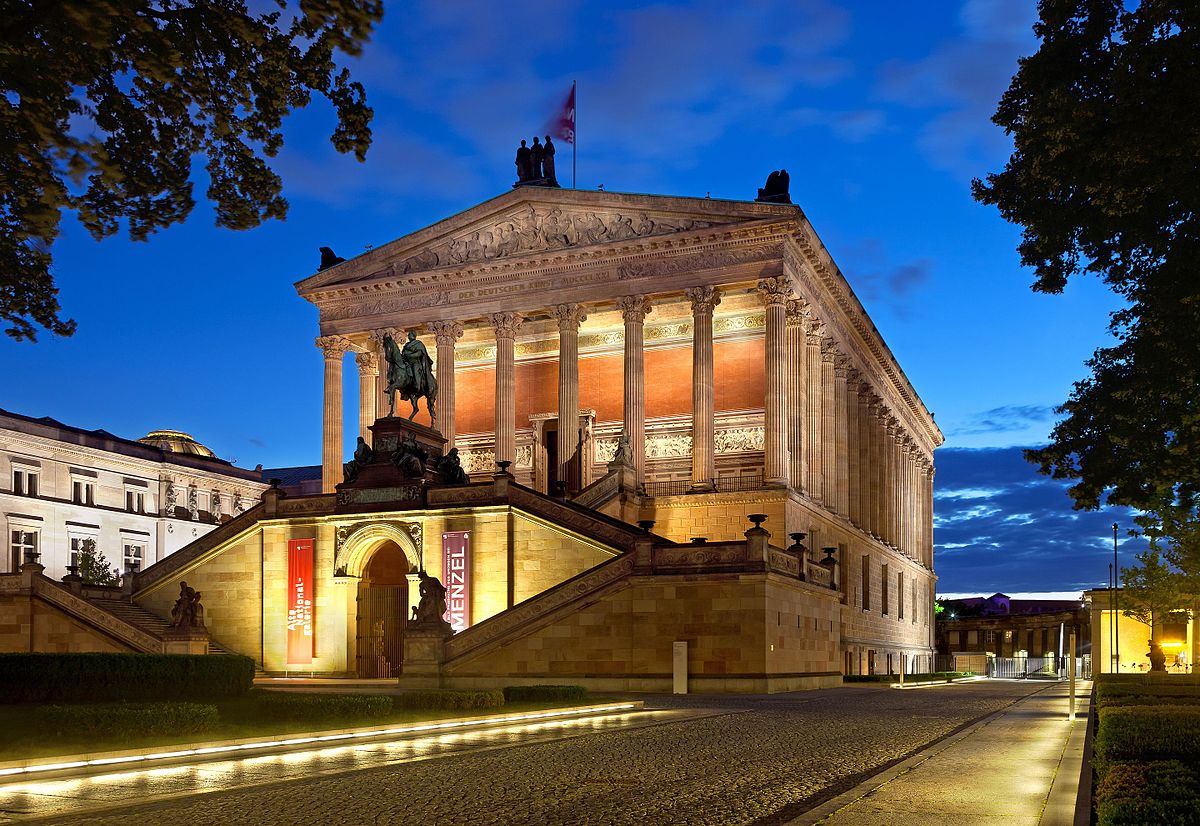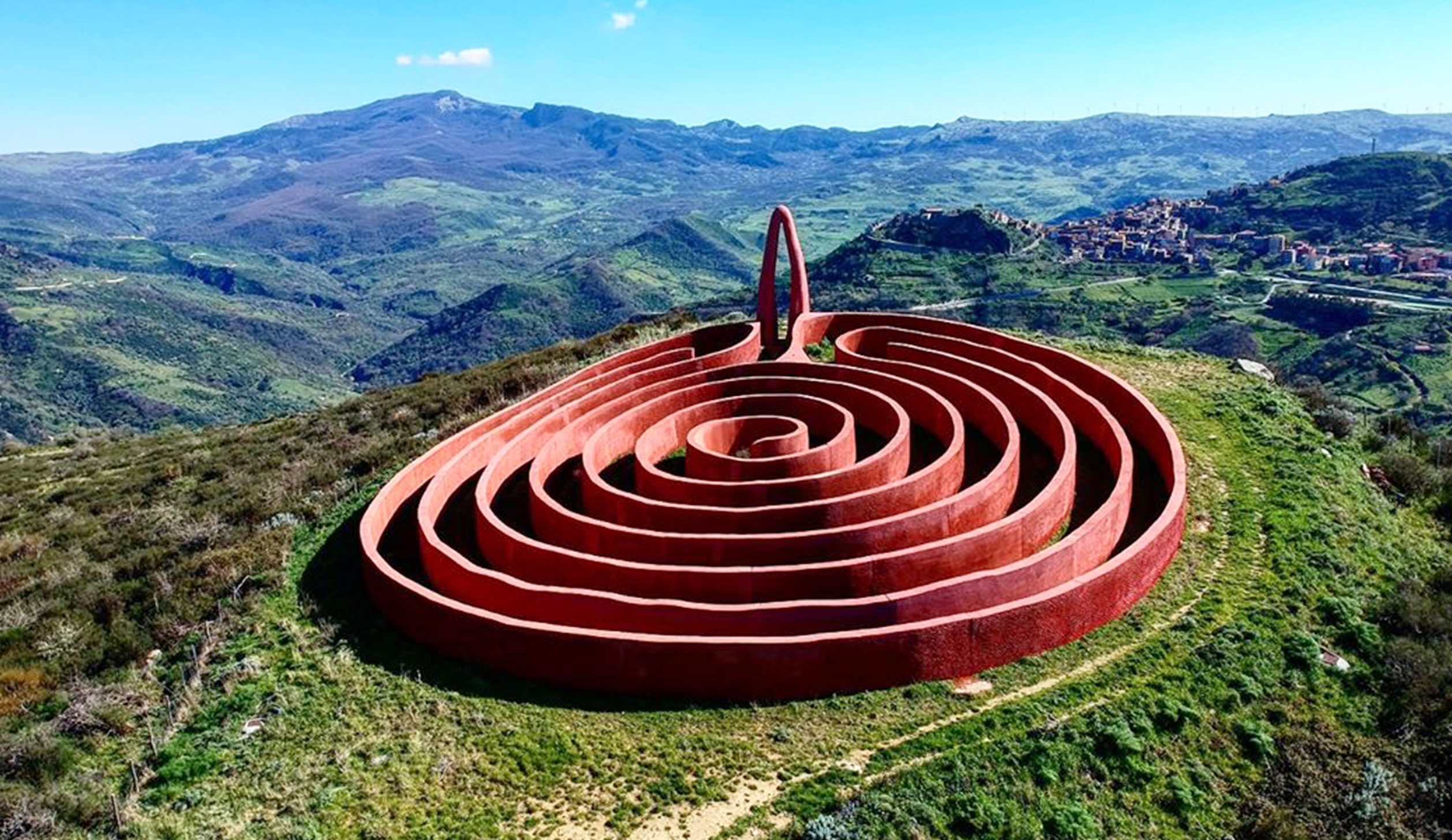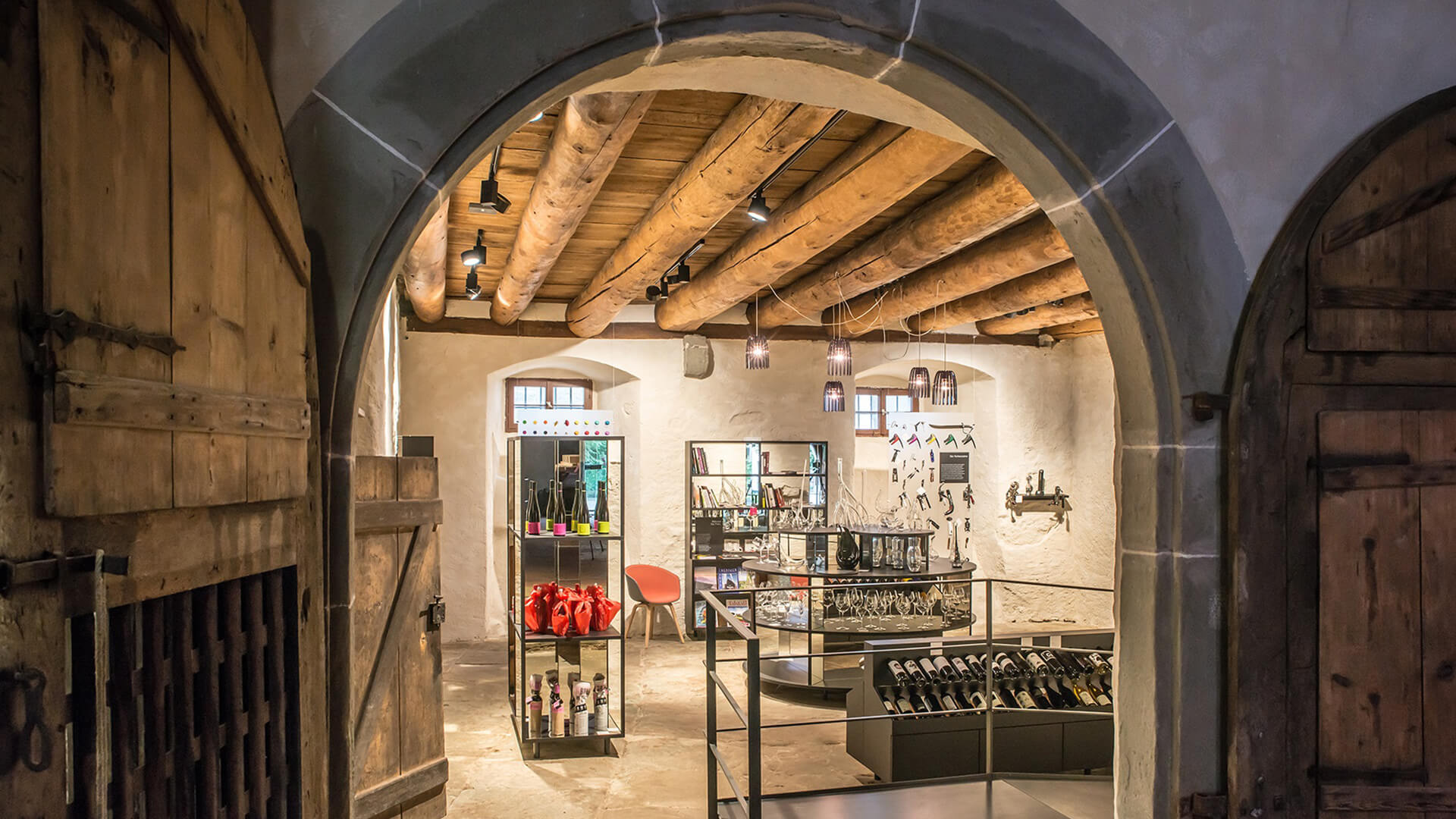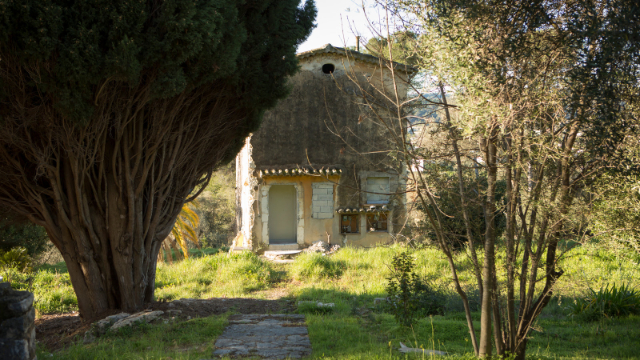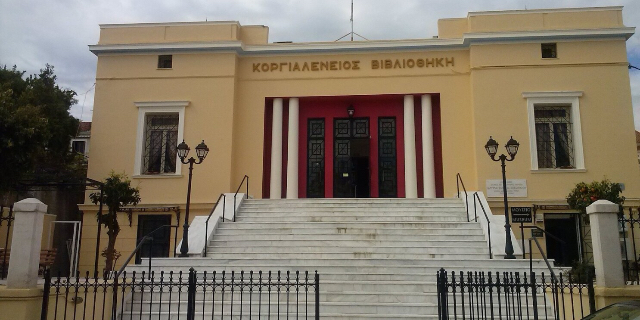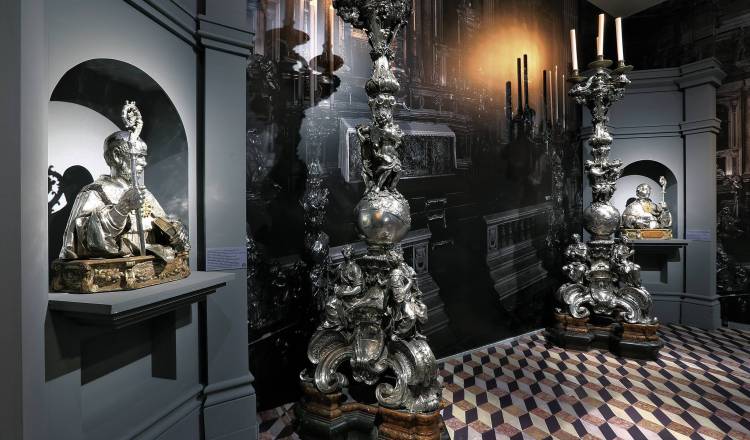The museum is housed in an original building of the fifties, in limestone, whose entrance is preceded by a harmonious arcade portico supported by pillars and columns. In 1965, it was inaugurated as a museum, after restoration works.
The access route is in Via Roma, the ancient royal road Maria Carolina, opened in the eighteenth century to create a link between the old part of the city and the new area of Santa Maria del Gesù. The path of Via Roma, which flanks the public garden, is bordered by a balustrade with refined and imaginative decorations in majolica that accompany the visitor to the so-called Teatrino, a staircase terrace decorated with ceramic tiles of the eighteenth century (designed by the Syracuse architect Natale Bonajuto); on top of it stands the Museum of Ceramics.
The Museum is divided into seven sections:
Didactic Hall offers an overview of ceramic production from prehistory to the present day. Of great importance is a krater of the fifth century BC, decorated with red figures, depicting the workshop of a potter at work under the protection of the goddess Athena, which was found inside a furnace active in Caltagirone in the Greek era.
Prehistoric, protohistoric, Sicilian, Sicelian, Greek and Byzantine ceramics. The room exhibits many artefacts of the Eneolithic coming from Sant’Ippolito, such as the mistiform vase and the flask, from the districts Angelo, Moschitta, Balchino and from places beyond the Salso.
Moreover, it is possible to see the big tomb of the V century B.C. found in Escuriales street and the limestone manhole cover with landed sphinxes and funeral dance scene in relief, found in the necropolis of Monte San Mauro, of the VI century B.C. There are also exhibited Greek ceramics with black and red figures, Hellenistic terracottas and Roman glass from the Russo-Perez collection.
Patio reserved for models of medieval furnaces. You can see the scale reproductions of two of the four medieval furnaces found in 1960 in Agrigento (models of Prof. Antonino Ragona). The first kiln is from the Arab period, the second from the Angevin-Aragonese period.
Medieval Ceramics. In the room they are exposed ceramics siculo-Arabic from the X to the XV century. Among the oldest well documented those found in Ortigia, in the area of the Temple of Apollo, where there were furnaces for the production of ceramics in the Middle Ages. To note: a bowl of the tenth century, with lead glazing and painted decoration in yellow, green and brown; bowls in protomaiolica decorated in brown and green or polychrome of the thirteenth century, and a third group decorated in brown of the fourteenth century, and then jugs, amphorae and tankards. The jugs are equipped with a particular filter at the attack of the neck, perhaps for the impurities of the water of the wells. In the findings from the fifteenth century the glazing of the ceramic coating becomes more brilliant and full-bodied, assuming the characteristics of enamel. From this century they come defined maioliche.Di such period they are bowls decorated in monochromia in blue with phytomorphic motives, plates decorated in blue and lustro with floral motives.
Renaissance Ceramics. They are exposed majolica for the table or for the conservation of food and decorated in blue, blue and green or blue and yellow, mainly of production of Caltagirone; cups and bowls with plant and floral motifs and numerous majolica of the seventeenth century.
Baroque Ceramics. There are sacristy amphorae and stoups with plastic applications, of the seventeenth century with vegetable subjects, animals and small figures of saints.
Large room with an overview of all the Sicilian majolica from the 17th to the 19th century. In the showcases valuable vases, albarellos, cylinders representing angels, saints, coats of arms and female profiles. Valuable anthropomorphic oil lamps and majolica with blue turquoise enamel decorations. Moreover, majolica floors, large ornamental majolica vases and enamelled doorstep tiles. And original 17th century majolica hand warmers in the shape of fish or turtle. Finally, ceramics of author, among which the eighteenth-century terracottas of Giacomo Bongiovanni (1772-1859): the Nativity, the Cobbler’s Shop, the Zampognaro and the Blind Players. The crib of Giuseppe Vaccaro Bongiovanni and the terracotta group representing a quarrel between daughter-in-law and mother-in-law. Complete the exposition other figurative groups of Giuseppe Vaccaro and Giuseppe Failla, in particular the work representing San Giacomo Maggiore Apostolo.
